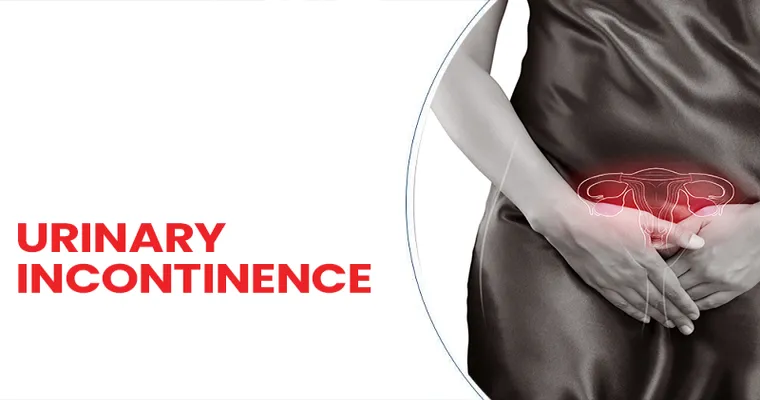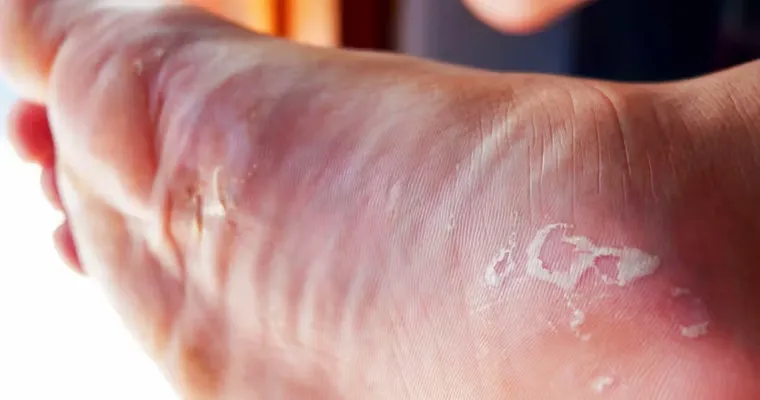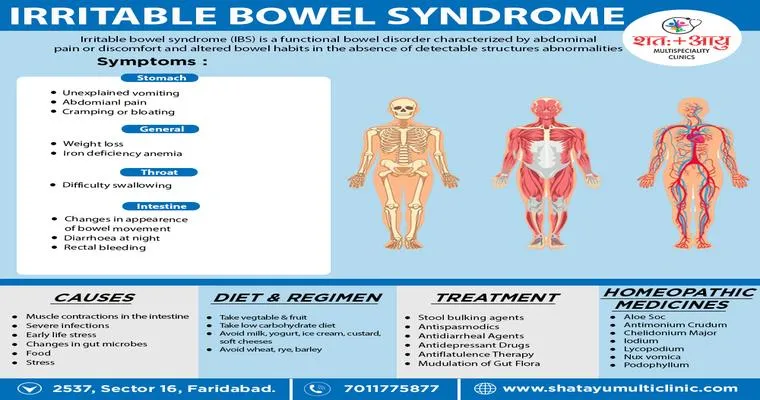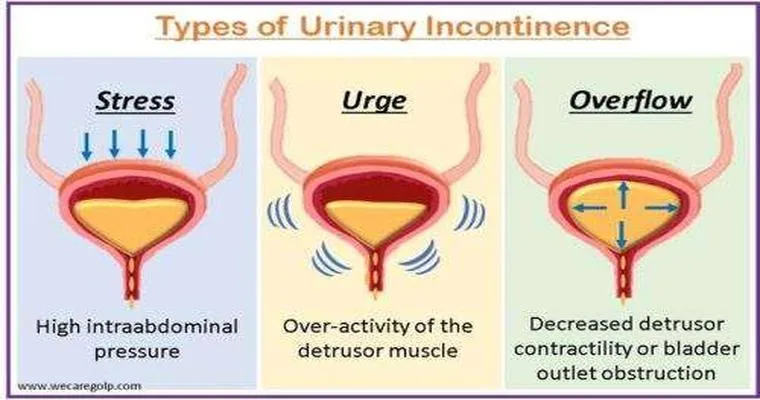Elderly incontinence is a common issue that affects many seniors, leading to emotional distress and a decrease in quality of life. Understanding the various "treatment options for elderly incontinence" is essential for caregivers and family members. This article explores the causes of incontinence in older adults and discusses effective strategies for managing this condition, including lifestyle changes, medications, and medical interventions.
Understanding Elderly Incontinence
Incontinence in the elderly can be caused by a variety of factors, including age-related changes in the bladder, neurological disorders, and certain medications. It is important to identify the underlying causes to tailor treatment effectively. Common types of incontinence include urge incontinence, stress incontinence, overflow incontinence, and functional incontinence.
Lifestyle Changes
One of the first steps in managing elderly incontinence is implementing "lifestyle changes". Simple adjustments can make a significant difference. These may include:
1. "Dietary Modifications": Reducing caffeine and alcohol intake can help decrease urgency and frequency of urination. Increasing fiber can also prevent constipation, which can exacerbate incontinence.
2. "Fluid Management": Encouraging hydration while monitoring fluid intake can help manage bladder control. Limiting fluids in the evening can also reduce nighttime trips to the bathroom.
3. "Scheduled Bathroom Visits": Establishing a regular schedule for bathroom breaks can help train the bladder and reduce accidents.
Pelvic Floor Exercises
Pelvic floor exercises, commonly known as Kegel exercises, can strengthen the muscles that support the bladder. These exercises are easy to perform and can be done discreetly. Teaching elderly individuals how to perform these exercises can significantly improve bladder control over time.
Medications
For some seniors, medications may be necessary to manage incontinence. There are several types of medications available that can help relax the bladder or improve its capacity. It is essential to consult a healthcare provider to determine the most appropriate medication based on the individual's specific condition and health profile.
Medical Devices
In certain cases, medical devices can provide support for managing incontinence. Products such as "incontinence pads" and adult diapers can help maintain dignity and comfort. Additionally, there are bladder control devices available that can assist in preventing leaks.
Surgical Options
For those with severe incontinence that does not respond to other treatments, surgical options may be considered. Procedures such as sling surgery or artificial urinary sphincter placement can provide more permanent solutions. It is crucial to discuss the risks and benefits of surgery with a healthcare professional.
Support and Resources
Incontinence can be an emotionally challenging condition, and seeking support is vital. There are many resources available, including support groups and counseling services, that can help seniors and their families cope with the emotional aspects of incontinence.
Conclusion
Managing elderly incontinence requires a comprehensive approach that includes "lifestyle changes, pelvic floor exercises, medications, medical devices, and potentially surgical options". Caregivers and family members play a critical role in supporting elderly individuals through this challenging condition. By understanding the available treatment options and encouraging open communication, it is possible to improve the quality of life for those affected by incontinence.





